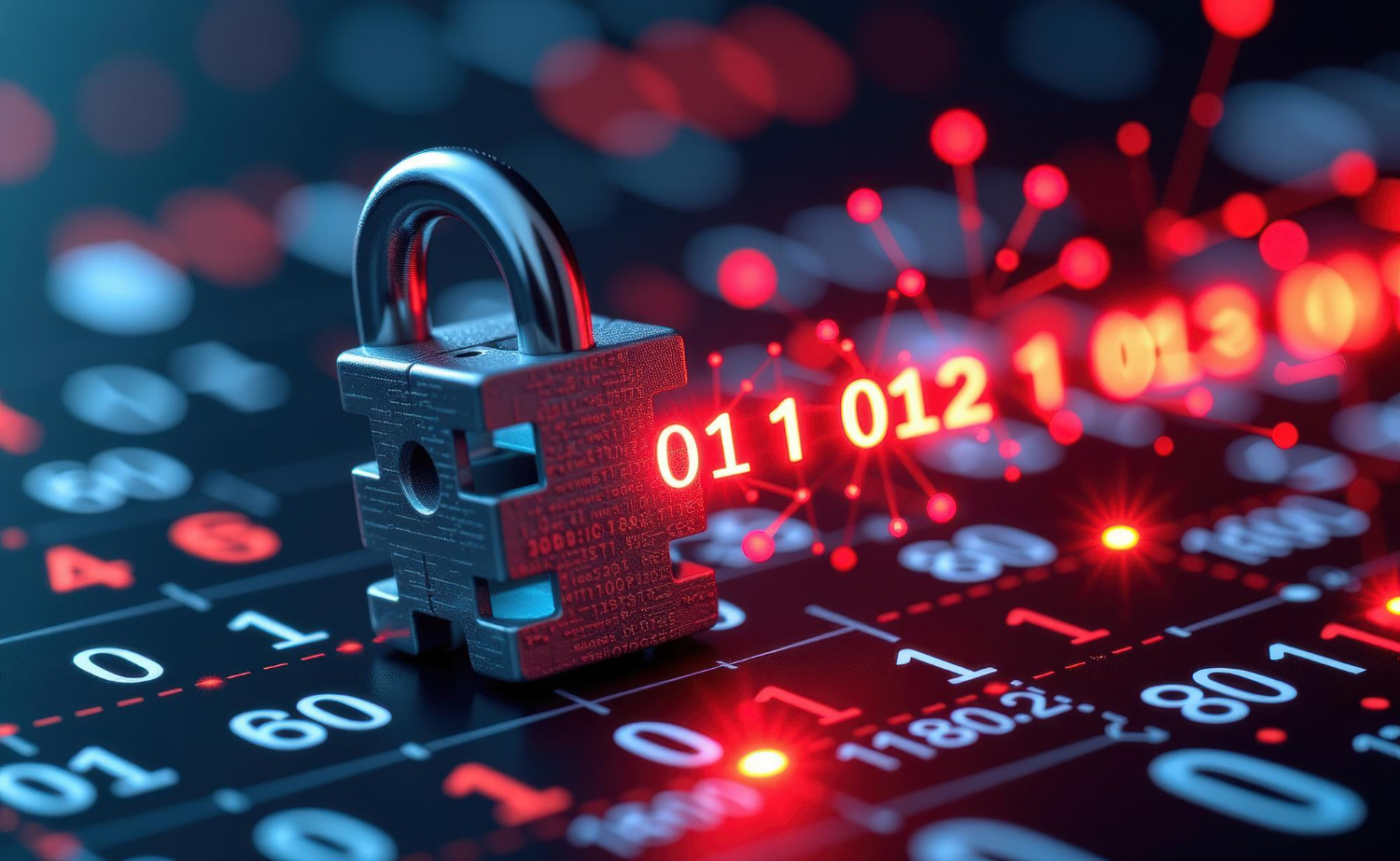Why 24/7 Threat Detection Has Become Non-Negotiable
Cyber threats no longer operate during office hours. IBM’s 2024 Cost of a Data Breach Report revealed that 60% of breaches were detected outside normal business hours. For enterprises, that delay often translates into longer containment times, higher remediation costs, and reputational damage that lasts years.
Yet many providers advertise “24/7 threat detection” without delivering the rigor enterprises expect. To make informed decisions, leaders must understand what true round-the-clock protection involves — and what it doesn’t.
The Gap Between Marketing and Reality
“Always-on” doesn’t always mean comprehensive. Many solutions rely on:
- Automated alerts only, leaving incidents unseen until the next business day.
- Outsourced monitoring with delays, where response times are measured in hours, not seconds.
- Limited visibility, covering endpoints but missing cloud, network, or application layers.
True 24/7 threat detection is not just continuous monitoring but also rapid triage, correlation, and escalation backed by both automation and human expertise.
Core Pillars of Effective 24/7 Threat Detection
-
1Continuous Security Monitoring Across All Vectors
- Network traffic analysis for suspicious patterns
- Cloud service monitoring for configuration drift
- Application log ingestion for anomalous activity
- Endpoint detection integrated with behavioral analytics
-
2Automated Detection Enhanced by Human Intelligence
- Automated correlation of multiple signals to reduce false positives
- Tiered incident response by certified SOC analysts
- Escalation protocols aligned with enterprise risk tolerance
-
3Rapid Response and Containment Protocols
- Defined SLAs for response times (minutes, not hours)
- Playbooks tailored to ransomware, insider threats, and phishing
- Forensic investigation capabilities to prevent recurrence
-
4Integration With Enterprise Ecosystem
- Cloud platforms (AWS, Azure, GCP)
- Data infrastructure (ETL pipelines, warehouses)
- AI tools for predictive analysis and anomaly detection
-
5Transparent Reporting and Compliance Alignment
- Real-time dashboards for incident tracking
- Regular compliance reports (ISO 27001, GDPR, HIPAA)
- Audit trails that satisfy board-level scrutiny
Visual Guide: Comparing “Basic Monitoring” vs. True 24/7 Threat Detection
Feature | Basic Monitoring | True 24/7 Threat Detection |
Coverage | Endpoints only | Network, cloud, endpoints, apps |
Alerts | Automated only | AI + human analysis |
Response Time | Hours to days | Minutes |
Visibility | Limited | Enterprise-wide |
Compliance | Minimal | Built-in reporting and audits |
FAQs on 24/7 Threat Detection
What does 24/7 threat detection mean?
It means continuous monitoring, detection, and response to cyber threats at any time, day or night.
Is 24/7 threat detection the same as a Security Operations Center (SOC)?
Not always. A SOC provides staffing and expertise. Some 24/7 services rely on automation only, which is less effective.
Why is 24/7 monitoring important for enterprises?
Because most breaches occur outside business hours, immediate detection and containment reduce financial and reputational impact.
How is it different from endpoint protection?
Endpoint protection covers devices. 24/7 detection covers the entire enterprise ecosystem — cloud, apps, data, and endpoints.
What should I look for in a 24/7 threat detection provider?
Look for rapid response SLAs, multi-vector coverage, compliance-ready reporting, and a balance of AI-driven automation and human expertise.
Security That Never Sleeps
In today’s threat landscape, 24/7 threat detection is more than a promise — it’s a necessity. Enterprises that invest in true round-the-clock monitoring and response gain not just security, but resilience, trust, and the freedom to innovate without fear.

